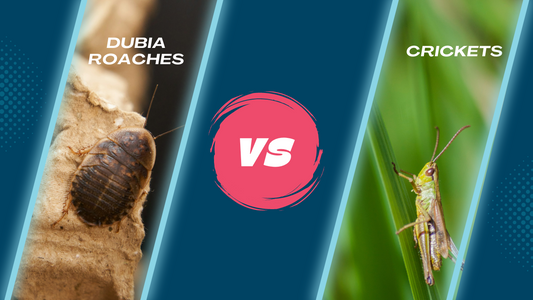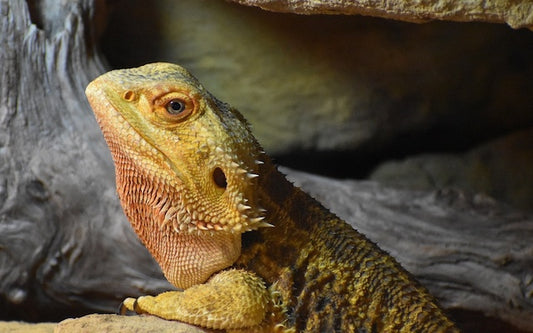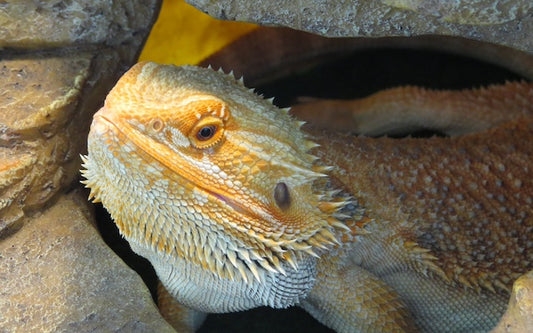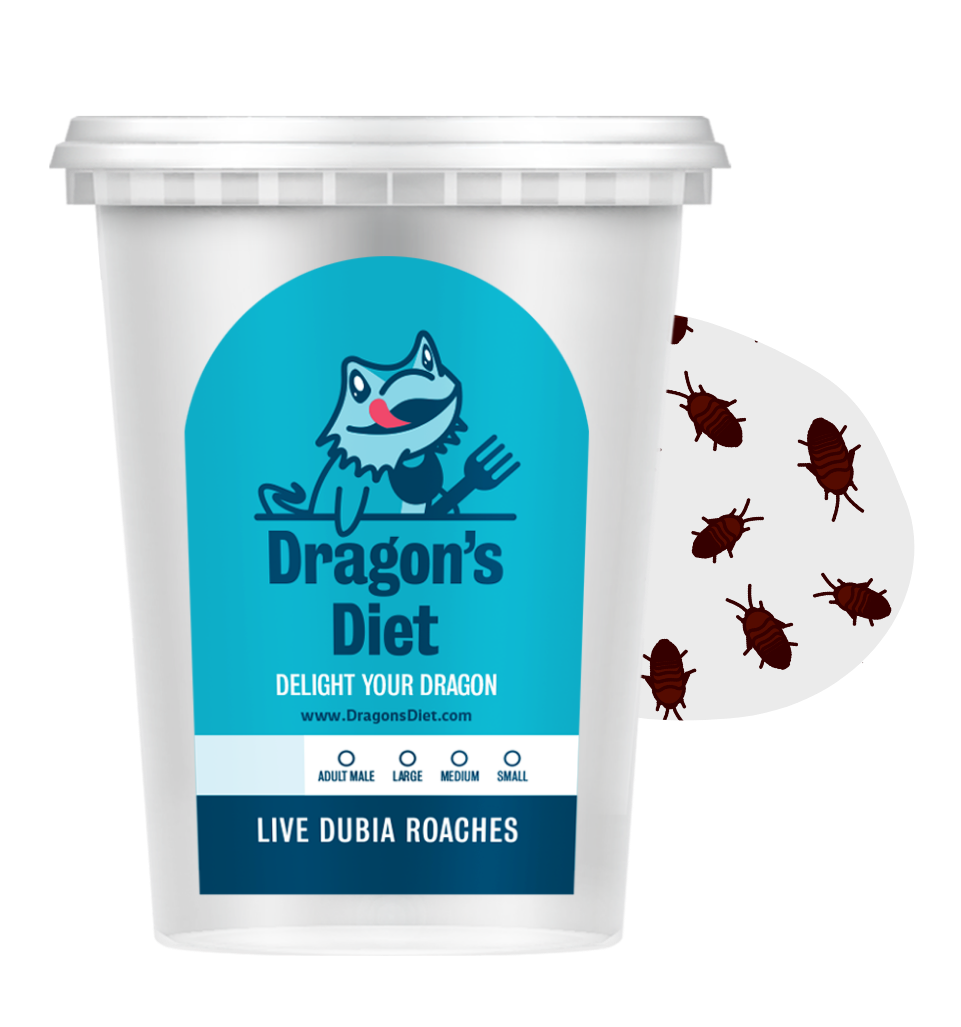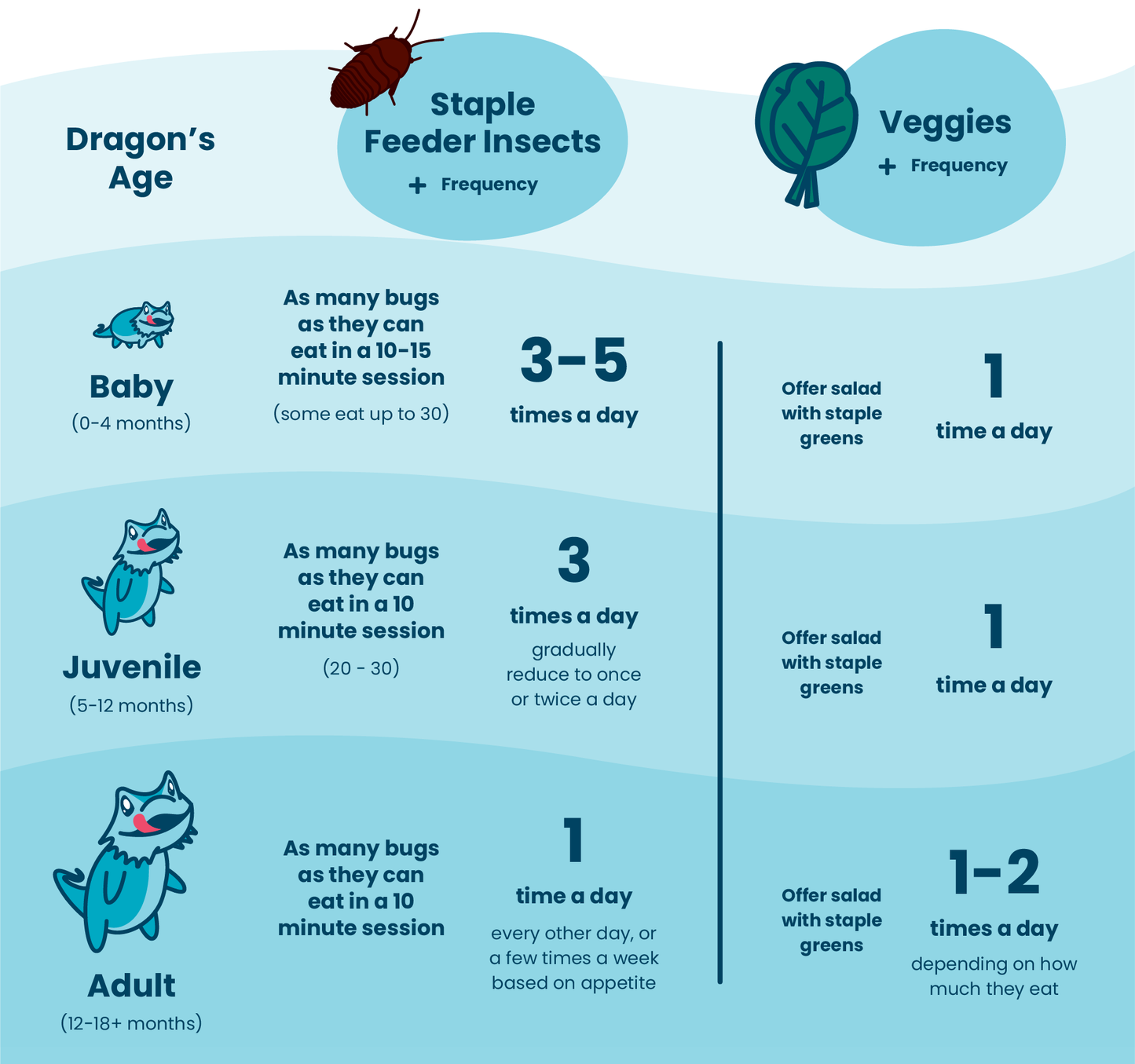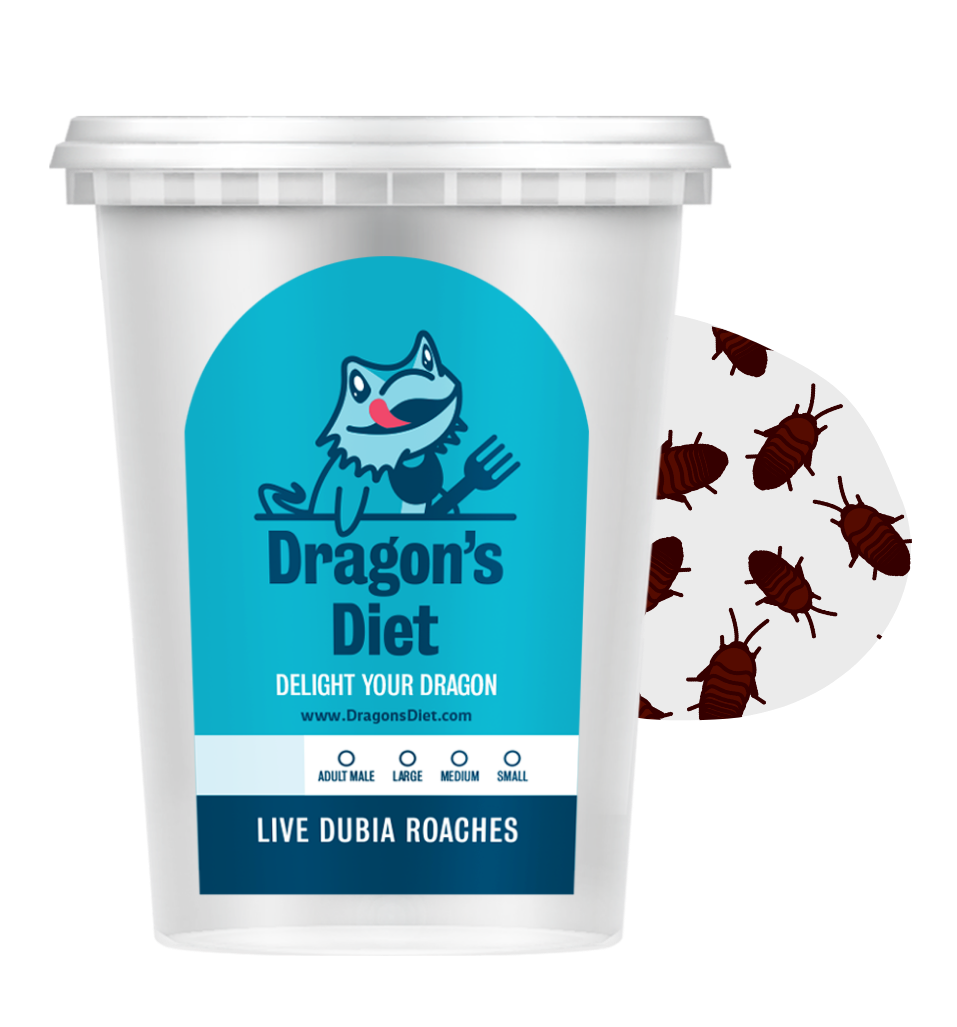Owning a pet chameleon can be one of the most rewarding – and one of the most challenging – experiences for a reptile keeper. Chameleon care is intense, and is considered by many to be for advanced reptile keepers only.
But have no fear. With the right guidance and a little bit of effort, you can achieve expert-level chameleon care, and give your pet chameleon a happy, healthy, and full life.
Basic Chameleon Care
When it comes down to it, basic chameleon care is really pretty simple. Your job as a chameleon keeper is to give your chameleon everything it needs to thrive in its new environment. Therefore, your guiding chameleon care principle should be:
Mimic your chameleon’s natural habitat and environment to the greatest extent possible.
Simple enough, right?
Simple, but not easy.
Proper chameleon care is demanding. You must provide your chameleon with…
- The right size enclosure
- Plenty of plants, vines, and branches within your chameleon enclosure
- The right temperatures and humidity levels (these differ by species and by time of day)
- Two different kinds of lighting
- Moving water for drinking
- Live insects for feeding (best if you can keep your own colonies)
- Regularly scheduled vitamin and mineral supplements to keep your chameleon healthy
And if you keep more than one pet chameleon, you need to keep them in separate cages with a vision barrier so they can’t see one another.
All of this can certainly seem overwhelming. But proper chameleon care is a skill that can be quickly acquired. With a little extra effort on your part, you’ll be an expert chameleon keeper in no time.
Chameleon Care Guide: Mimicking Your Chameleon’s Natural Environment
Since mimicking our chameleon’s natural environment is our mantra when it comes to chameleon care, let’s walk through the different elements of a chameleon enclosure to discover how to give them the best habitat possible.
Chameleon Cages
You have three different chameleon cage options to choose from, each with its own advantages and disadvantages:
- All-screen enclosure
- All-glass enclosure
- Hybrid (screen-glass) enclosure
Most beginner chameleon keepers start with the all-screen enclosure. This is perfectly fine if you live in an environment that’s somewhat similar to a chameleon’s natural habitat – Florida, for example. In areas like this, you don’t need as much direct control over the temperature and humidity of your chameleon’s enclosure.
However, if you live in an area where you’ll need more direct control over the environment within your chameleon’s enclosure, you should consider either a hybrid or a glass enclosure.
Pro Tip: You can easily transform an all-screen enclosure into a hybrid enclosure simply by installing a terrarium background that covers two or three sides of the enclosure.
The size of enclosure you choose depends in large part on the species of chameleon you’re keeping. As a general rule of thumb, bigger is better.
The minimum enclosure size for your chameleon to feel comfortable is 2 feet long by 2 feet deep by 4 feet tall. Be aware, however, that this is the minimum. If you can go a little bigger, then definitely go ahead and give your chameleon more elbow room.
Proper Lighting
Proper lighting is absolutely essential for proper chameleon care. The ambient lighting of your home and the limited sunlight that seeps in through your windows just won’t be enough. Your chameleon enclosure needs to include two kinds of lighting: UVB and UVA lighting.
- UVA lighting maintains your chameleon enclosure’s ambient temperature, provides heat for basking, and helps stimulate your chameleon’s natural behaviors, like eating and diurnal movement.
- UVB lighting helps your chameleon synthesize vitamin D into D3 for calcium absorption. This synthesis and absorption will help prevent Metabolic Bone Disease (MBD).
Pro Tip: Keep your UVA and UVB lights suspended about 6 to 8 inches above the highest branch of your chameleon’s enclosure.
Branches, Vines, Plants & Substrates
Chameleons are arboreal creatures. They’re also solitary and very private.
When you’re working to mimic your chameleon’s natural habitat within the enclosure, you need to provide plenty of branches, vines, and plant life for your chameleon to climb on and hide behind.
This is actually great for chameleon care, as your chameleon needs a hiding place to escape to if it's feeling stressed out.
The question is, should you use live plants or artificial plants?
Most chameleon keepers prefer to use live, non-toxic plants and vines within their enclosure. This is because your chameleon will most likely eat plant matter at some point. If you’re using artificial plants in your chameleon’s habitat, you risk your chameleon eating a fake leaf and becoming impacted as a result.
Pro Tip: To judge whether or not you’re providing the right amount of coverage within your chameleon cage, stand at the opposite end of the room and look into the enclosure. If you see your chameleon immediately, your enclosure needs more plants and vines. If it takes you a few seconds to find your chameleon, then you’ve provided the right amount of plant life.
As far as a substrate for the bottom of your chameleon’s enclosure is concerned, you don’t need anything fancy. Your best options are:
- Newspaper
- Reptile liner
- Reptile carpet
Avoid using substrate like:
- Wood chips
- Sand
- Gravel
- Fine substrates
These put your chameleon at high risk for impaction should it accidentally ingest some.
Humidity, Misters & Drip Systems
In addition to appropriate levels of heat, your chameleon needs optimal humidity levels. The right humidity helps your chameleon stay hydrated and shed its skin easily when the time comes.
Humidity
The humidity levels your chameleon needs will depend on the species of chameleon you’re keeping. Generally speaking, 50% humidity during the day and 70% or higher at night is average.
Why the lower humidity levels during the day? Great question!
In your chameleon’s natural habitat, the sun burns off the humidity throughout the day. When evening falls, the mists and dew settle in and the humidity levels go up. As with everything else in our chameleon care routine, we’re trying to mimic this in our chameleon’s enclosure.
Misting
Misting your chameleon enclosure for a couple minutes in the morning and a couple minutes in the evening is the standard method for mimicking the humidity of its natural environment. Most chameleon keepers use an automatic misting system, like the MistKing v5.0 Starter Misting System, because of their convenience.
Drip Systems
Providing a drip system for your chameleon enclosure is the best way to offer water for your chameleon to drink.
Chameleons are attracted to movement. This is just as true of their food as it is of their water. In fact, a chameleon typically won’t drink out of a water dish. Instead, they’ll drink the water droplets that pool on the leaves within their enclosure.
Although some chameleon keepers purchase automatic drip systems, it’s actually very easy and very inexpensive to make your own drip system out of a one gallon plastic milk carton.
For a more in-depth discussion about setting up your chameleon’s cage, check out the article, “Chameleon Habitat Setup.”

Chameleon Food
Chameleons are insectivores, and they feed on live insects. Feeding a chameleon, therefore, is not for someone who is squeamish around live insects – especially creepy critters like Dubia roaches. However, if you’ve built a trusting relationship with your pet chameleon, watching it feed is an extremely rewarding experience.
Great feeder insects for your chameleon include:
- Crickets
- Dubia roaches
- Silkworms
- Grasshoppers
- Superworms
- Flies
- Hornworms (treats)
- Wax worms (treats)
While it’s best if you can breed your own feeder insects, it’s certainly possible to purchase high-quality feeders from a trusted online vendor.
For a more in-depth discussion on what chameleons eat and how you should feed your pet chameleon, see the article “What Do Chameleons Eat?”
Warning: Never use wild-caught insects as these may carry pesticides and/or parasites that are harmful to your pet chameleon.
Chameleon Care Sheet
The three most popular types of pet chameleon are the Veiled Chameleon, the Jackson’s Chameleon, and the Panther Chameleon. If you have one of these three chameleon species as a pet, the Chameleon Care Sheet below will show you the optimum temperatures, humidity levels, and feeding schedule that your chameleon needs.
Chameleon Care Sheet
|
Species |
Daytime Ambient Temp |
Basking Temp |
Nighttime Ambient Temp |
Humidity |
Adult Feeding Schedule |
Number of Insects |
|---|---|---|---|---|---|---|
|
Veiled Chameleon |
72º-80ºF |
85º-95ºF |
65º-70ºF |
50% |
Every 2-3 days |
3-4 insects |
|
Jacksons’ Chameleon |
70º-80ºF |
Maximum of 85ºF |
65º-70ºF |
50%-80% |
Every 2-3 days |
3-4 insects |
|
Panther Chameleon |
75-90ºF |
95ºF |
65º-70ºF |
60%-85% |
Every 2-3 days |
3-4 insects |
How Often to Clean Your Chameleon Enclosure
As with any other animal, you’ll need to clean your chameleon’s enclosure regularly. Chameleon’s are very susceptible to disease and parasites, and one of the most basic things you can do to reduce the risk of disease or parasites is to clean its home.
You should perform a “spot cleaning” every day to remove feces, urates, and feeder insects. Such daily spot cleanings will also minimize the smell your chameleon enclosure emits. More in-depth cleanings should be done every two weeks.
For a deep cleaning:
- Remove your chameleon from the enclosure and place it in a deep plastic storage bin.
- Add a few Dubia roaches to keep it entertained while you’re cleaning.
- Scrub the furnishings within the enclosure with a reptile-safe cleaner like Zilla Terrarium Cleaner.
- Rinse thoroughly with water.
- Remove feces and urate waste.
- Replace disposable substrate.
- Clean misting system.
- Dry enclosure and furnishings.
- Reassemble and put your chameleon back in its home.
Medical Chameleon Care: Where’s Your Nearest Reptile Vet?
One final piece to your chameleon care is access to a reptile veterinarian.
When it comes to chameleon’s health, it’s not a matter of if your chameleon will need a veterinarian, but when. And unfortunately not just any old veterinarian will do. You need to have access to a veterinarian that specializes in exotic pets and reptiles. Even better if they have experience with chameleons.
If you don’t have a reptile vet within a comfortable distance from your home, you might want to rethink owning a pet chameleon. Although there are chameleon keepers who are willing to make a five-hour trip to get their sick chameleon to a vet, this may not be the kind of commitment you’re looking for.
However, if you have a reptile vet relatively close to you, owning and caring for a chameleon can be a very rewarding experience.
Takeaway: Chameleons require a great deal of care, to the point that many say owning a chameleon is for experienced reptile keepers only. However, if you focus on the above essentials, you can quickly go from beginner to expert chameleon keeper in no time.
Your chameleon needs a wide variety of highly-nutritious, gut-loaded insects as the main staple of its diet. The Dubia roaches offered by Dragon’s Diet are a great start to keeping your chameleon well-nourished, happy, and living its best life.



